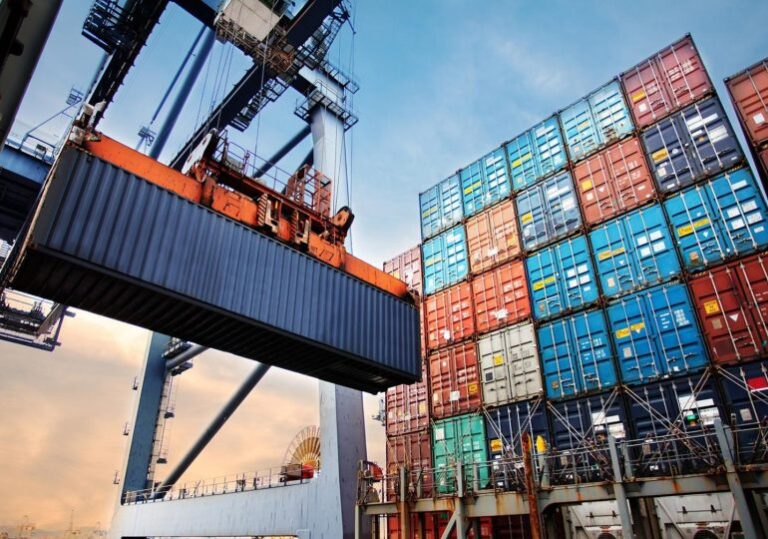Un 46 % de la IED recibida por República Dominicana en la última década ha sido a través de aportes de capital, un 40 % mediante reinversión de utilidades y el restante 14 % por préstamos entre compañías
República Dominicana recibió casi US$ 23 mil millones en inversión extranjera directa (IED) en los últimos 10 años, ocupando el noveno lugar de 32 economías que más IED recibió en la región de América Latina y el Caribe, informó este viernes la firma Deloitte.
En el año 2016, a la región de ALyC entraron US$ 167 mil millones en IED, para una caída de 7.9 %, equivalente a US$ 14.3 mil millones menos que en el año 2015. De ese total, Brasil recibió casi la mitad (47 %) de la IED, seguido por México (19 %), Colombia (8%) y Chile (7 %).
Inversión extranjera directa para países de la región, según los componentes de inversión acumulados en los últimos 10 años. Como se puede apreciar, la IED puede clasificarse como aporte de capital, préstamos entre compañías y reinversión de utilidades.
Un 46 % de la IED recibida por República Dominicana en la última década ha sido a través de aportes de capital, un 40 % mediante reinversión de utilidades y el restante 14 % por préstamos entre compañías.
Sin embargo, indicó que en los últimos años esa composición ha cambiado, ya que la ponderación de la IED por reinversión de utilidades ha aumentado, mientras que los aportes de capital en términos nominales se han mantenido prácticamente al mismo nivel.
Expuso que un punto a tomar en cuenta es que cuando se toma el balance neto de la IED menos la salida de renta que genera esa inversión, el resultado no luce tan positivo como aparenta.
Según cálculos de la CEPAL, en República Dominicana, el impacto neto de la IED es prácticamente nulo, desde el punto de vista contable de balanza de pagos. No obstante, subrayó que la IED genera otros beneficios colaterales muy positivos y pagos de factores que no están contabilizados en esos datos.
Fuente: Acento[:en]46% of the FDI received by the Dominican Republic in the last decade has been through capital contributions, 40% through profit reinvestments and the remaining 14% through inter-company loans.
The Dominican Republic received almost US$ 23 billion in foreign direct investment (FDI) in the last 10 years, ranking ninth in the 32 economies that received the most FDI in the Latin American and Caribbean region, Deloitte said Friday.
In 2016, US$ 167 billion in FDI went into the Latin American and Caribbean region, showing a drop of 7.9%, equivalent to US $ 14.3 billion less than in 2015. Of this total, Brazil received almost half 47%) of FDI, followed by Mexico (19%), Colombia (8%) and Chile (7%).
Foreign direct investment for countries in the region, according to the investment components accumulated in the last 10 years. As can be seen, FDI can be classified as capital contribution, intercompany loans and reinvestment of profits.
FDI Components in Latin America & Caribbean
According to accumulated gross balance 2007-2016
- Capital contributions •Intercompany loans •Profit reinvestments
- NB: Only countries with an accumulated balance of more than US$2 billion and positive results in all 3 components have been included.
- Source: ECLAC
However, Deloitte indicated that in recent years that composition has changed, as profit reinvestments account for more and more of the FDI, while capital contributions in nominal terms have remained practically at the same level.
Deloitte said to bear in mind that the result isn´t as positive as it seems when the outgoing income created by these investments is subtracted from the FDI net balance.
According to ECLAC, from a balance of payments point of view, the net impact of FDI in the Dominican Republic is practically zero. However, it stressed that FDI generates other very positive collateral benefits and payments of factors that are not accounted for in that data.
Source: Acento[:]




